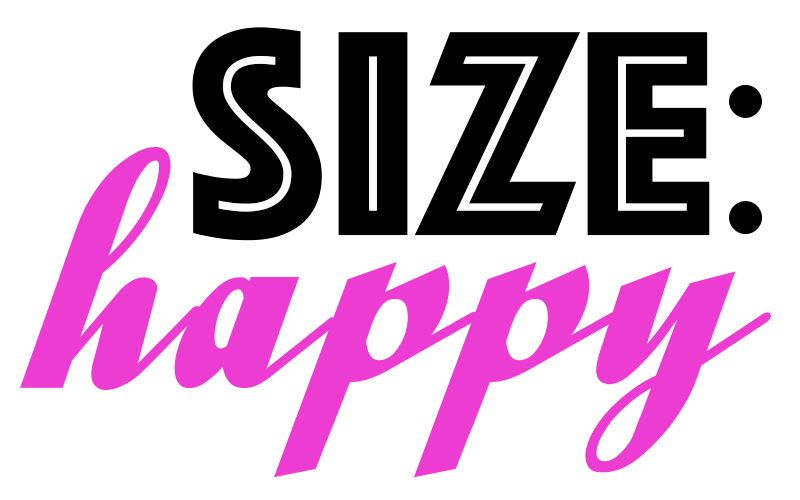Body image is a complex and deeply personal aspect of our identity that can significantly impact our overall well-being.
In today’s society, where ideals of beauty are often unrealistic and unattainable, many individuals struggle with negative perceptions of their bodies.
However, by harnessing the principles of cognitive behavioral change, it’s possible to cultivate a healthier and more positive body image.
In this blog, we’ll explore how cognitive behavioral techniques can empower you to transform your relationship with your body and embrace self-acceptance.
First, let’s make sure you understand what body-image is. Body image encompasses the thoughts, feelings, and perceptions we have about our physical appearance.
It’s influenced by various factors, including societal standards, cultural norms, personal experiences, and media representations.
For some, body image may be largely positive, while for others, it can be fraught with negativity and dissatisfaction.
The Impact of Negative Body Image: A negative body image can have profound consequences on mental and emotional well-being. It may lead to feelings of inadequacy, low self-esteem, depression, anxiety, and even disordered eating behaviors. Moreover, constantly striving to attain an unrealistic ideal can create a cycle of self-criticism and dissatisfaction, perpetuating a harmful relationship with one’s body.
The Principles of Cognitive Behavioral Change: Cognitive behavioral therapy (CBT) is a widely recognized and effective approach for addressing various psychological issues, including body image concerns. At its core, CBT aims to identify and challenge negative thought patterns and behaviors, replacing them with more adaptive and constructive alternatives.
Here are 5 ways you can apply CBT principles to improve your own body image:
- Recognize and Challenge Distorted Thoughts and Stories. Begin by becoming aware of the negative thoughts and beliefs you hold about your body. These may include irrational beliefs about beauty standards, comparison with others, or internalized criticisms. Once identified, challenge these thoughts by questioning their validity and considering alternative perspectives. For example, instead of focusing on perceived flaws, acknowledge your body’s strengths and capabilities.
- Practice Self-Compassion. Developing self-compassion is essential in fostering a positive body image. Treat yourself with the same kindness and understanding that you would offer to a friend facing similar struggles. Practice self-care activities that nurture your body and mind, such as mindfulness meditation, relaxation techniques, or engaging in hobbies that bring you joy.
- Set Realistic Goals. Instead of striving for unattainable ideals dictated by external sources, set realistic and achievable goals that are aligned with your values and priorities. Focus on adopting healthy lifestyle habits that promote overall well-being, such as regular exercise, balanced nutrition, adequate sleep, and stress management.
- Cultivate Gratitude and Acceptance. Shift your focus from what your body lacks to what it offers you. Cultivate gratitude for your body’s functionality and resilience, recognizing all that it enables you to do and experience in life. Practice acceptance of your body as it is in the present moment, acknowledging that it’s unique and worthy of love and respect.
- Surround Yourself with Positivity. Create a supportive environment that reinforces positive body image. Surround yourself with people who uplift and encourage you, avoiding individuals or media that perpetuate unrealistic beauty standards or trigger negative comparisons. Seek out body-positive communities, literature, and resources that promote self-acceptance and diversity.
Improving your body image is a journey that requires patience, self-reflection, and intentional effort.
By applying the principles of cognitive behavioral change, you can challenge negative thought patterns, cultivate self-compassion, and embrace a more positive relationship with your body.
Remember, your worth is not determined by your appearance, but by the unique qualities and experiences that make you who you are.
And remember,
Beauty standards are flawed – not you.





